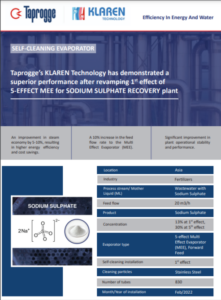Revamping 1st effect of 5-Effect MEE for Sodium Sulphate Recovery Plant
Challenge
The first and second effect of the MEE system were experiencing fouling (scaling) due to the presence of impurities, which resulted in a significant reduction of capacity
Solution
Following an extensive engineering study and subsequent management approval, Taprogge was awarded the project to retrofit the first stage of the 5-effect MEE with the KLAREN self-cleaning technology
Results
THE KLAREN self-cleaning heat exchanger technology has improved the plant’s performance significantly by preventing fouling and keeping the tubes in the first effect clean. Multiple inspections, in the first year after installation, confirmed that the tubes remained clean. The image below shows the tube condition as observed during a visual inspection.
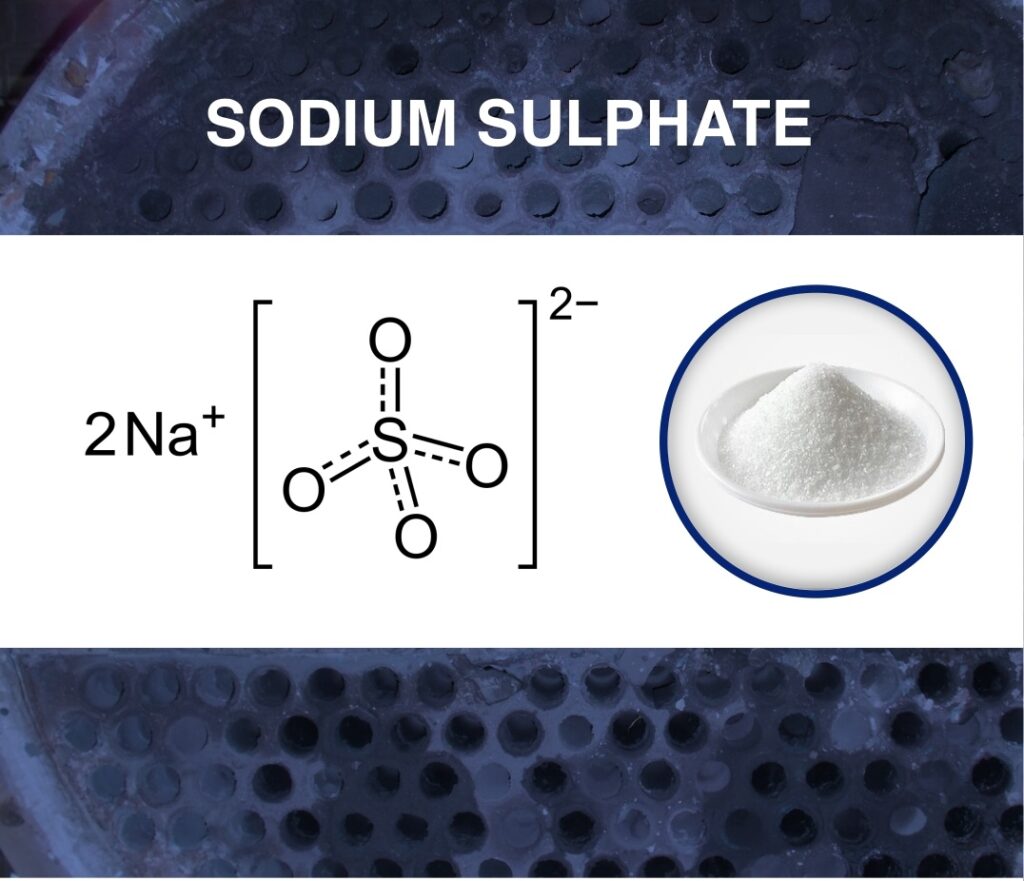
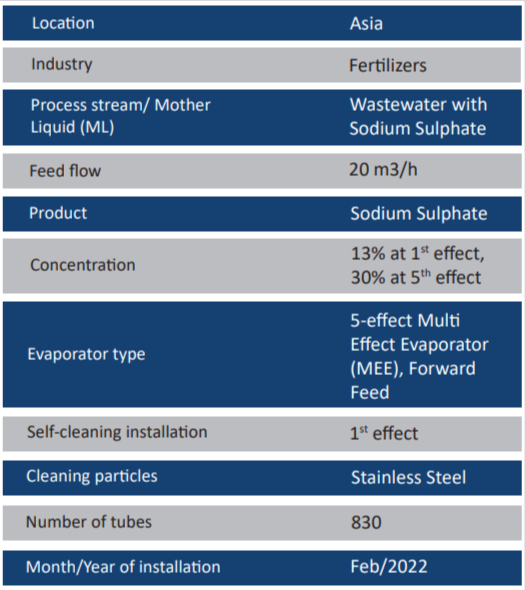
Introduction / Background
Sodium Sulphate (Na2SO4) is a by-product of many industries, including fertilizer production plants.
The client, a fertilizer production plant, is operating a 5-effect Multi Effect Evaporator (MEE) to efficiently remove water and recover sodium sulphate from a mother liquor (ML). The sodium sulphate is crystallized in the last stages of the MEE and passed through a pusher centrifuge. The still wet crystals are then dried in a rotary drum dryer before being packaged.

Picture 1 : Block diagram of a Sodium Sulphate recovery plant
Challenge
The first and second effect of the MEE system were experiencing fouling (scaling) due to the presence of impurities, which resulted in a significant reduction of capacity. The below pictures provide a visual representation of the fouling layer found in the first two effects. Although regular chemical treatments were carried out in the plant, a thin layer of 1-2 mm was observed during an inspection. Additionally, it was observed that approximately 10% of the tubes were clogged due to the agglomeration and detachment of scale resulting from nitric acid cleaning process.
The presence of fouling layers in the heat exchanger bundles can decrease the heat transfer coefficient by 50 to 70% compared to clean conditions. Unfortunately, this reduction in capacity is not typically considered during the design phase, which often leads to reduced evaporation capacity over time. In MEE with Thermo Vapor Recompression (TVR) system, the fouling will also reduce the energy efficiency or steam economy.
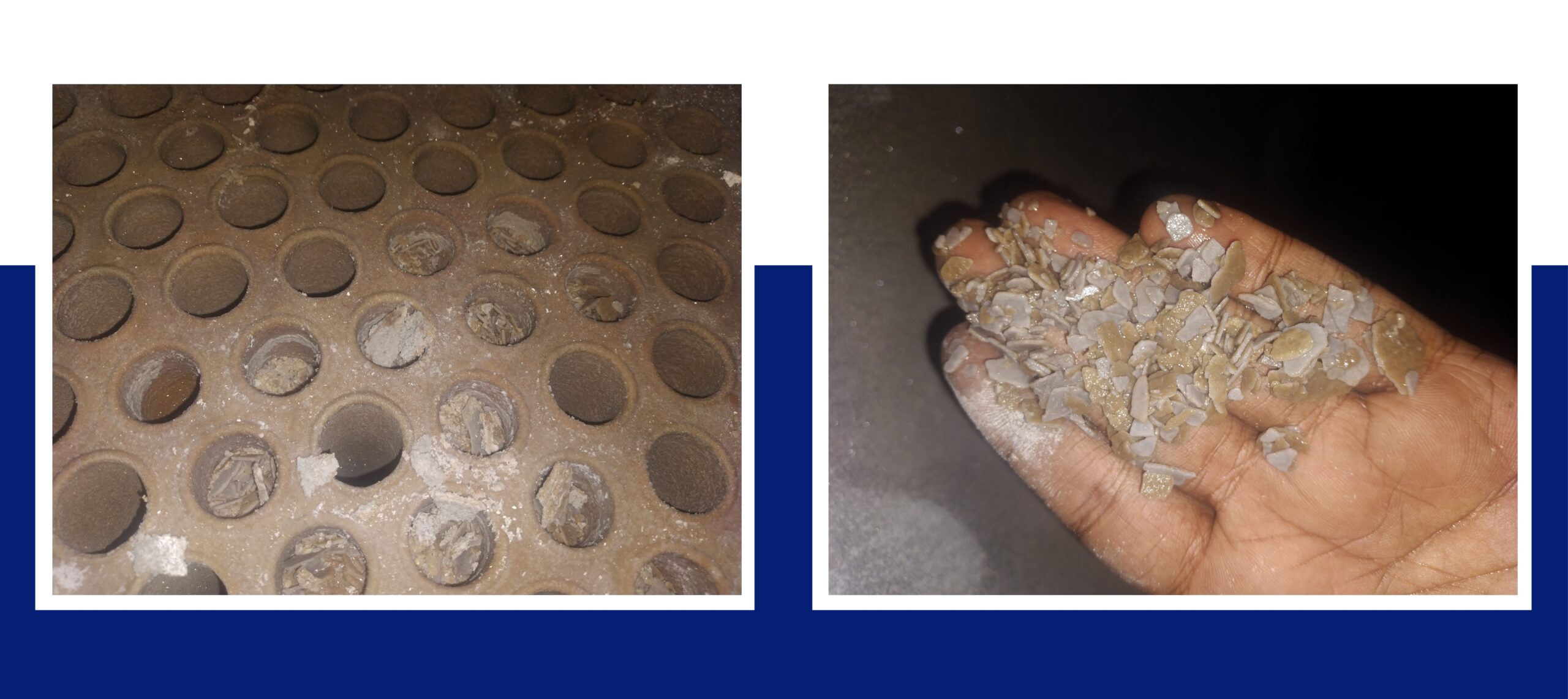
Picture 2 : A visual representation of the fouling layer found in the first two effects
Solution
Following an extensive engineering study and subsequent management approval, Taprogge was awarded the project to retrofit the first stage of the 5-effect MEE with the KLAREN self-cleaning technology.
Regarding the process changes, the following modifications were made:
- The flow rate was decreased from 3500 m3/h to 900 m3/h to achieve a tube velocity of approximately 0.7 m/s (KLAREN Technology maintains fluid velocity in the range of 0.5-0.8 m/s to avoid any erosion and particle carryover during the operation). This flow reduction was accomplished by using the same axial flow pump at a lower RPM.
- As a result, the temperature rise over the tubes has increased to maintain the same heat duty of the heat exchanger, which is directly related to the evaporation capacity of the evaporator.
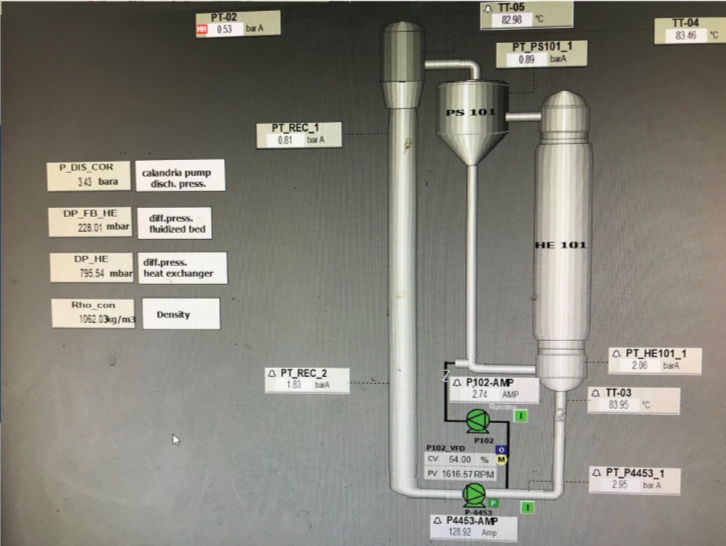
Picture 3 : A DCS screenshot of the KLAREN System
The following physical modifications were made to the plant:
- The existing tube bundle (calendria) was modified by adding an inlet channel at the bottom to ensure proper particle distribtion. A new inlet bonnet was installed below the inlet channel.
- A new outlet bonnet, was installed.
- To accommodate the Particle Separator, the VLS was elevated by one floor.
- The 1st effect was equipped with a set of pressure transmitters to monitor the fluidized bed. To enable density monitoring, an in-line density measurement system was designed and installed.
- A Particle Separator was placed between the outlet bonnet and the Vapor Liquid Separator (VLS).
- The particle separator was connected to the inlet channel from the bottom using a downcomer with a sight glass.
Results
THE KLAREN self-cleaning heat exchanger technology has improved the plant’s performance significantly by preventing fouling and keeping the tubes in the first effect clean. Multiple inspections, in the first year after installation, confirmed that the tubes remained clean. The image below shows the tube condition as observed during a visual inspection.
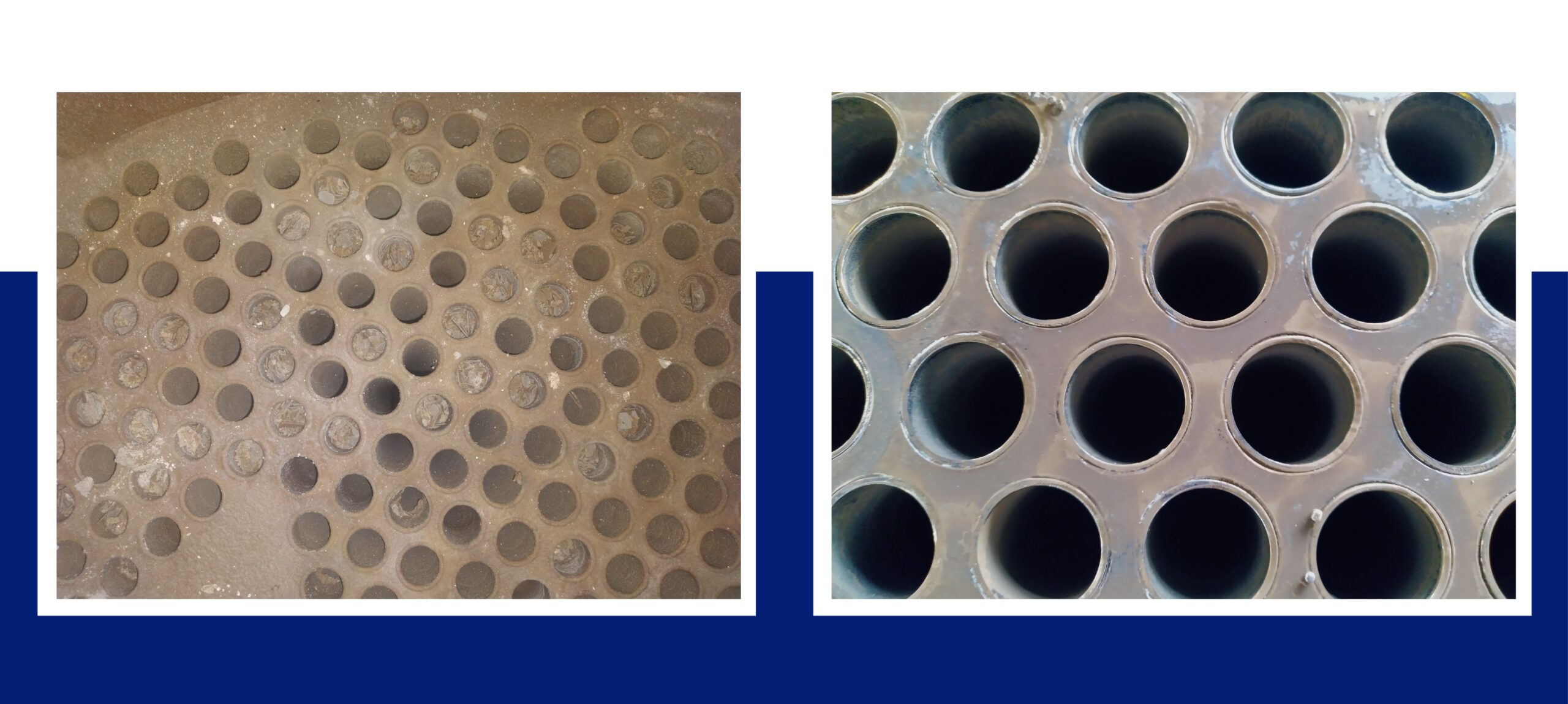
Picture 4 : Fouled and cleaned tube difference after 1 year of operation
The plant’s performance has improved significantly as evidenced by the following:
- An improvement in steam economy by 5-10%, resulting in higher energy efficiency and cost savings.
The impact of fouling on the energy efficiency or steam economy of a multi-effect evaporator (MEE) plant is not true in all the cases and is dependent on whether a Thermo Vapor Recompression (TVR) system is in use. In the case of a TVR system, fouling can adversely affect steam economy by altering the pressures within the shell side of the calandria and the Vapor Liquid Separator (VLS) of the effect from which the vapor is entrained to the TVR. The changes in pressure can lead to reduced entrainment, which in turn requires more steam to be condensed at the condenser side.
- A 10% increase in the feed flow rate to the multi-effect evaporator (MEE)
The MEE, which is designed to treat mother liquor from a fertilizer production plant, now has an increased feed flow rate, resulting in additional production capacity for fertilizer.
- The plant’s operational stability and performance have Singnificantly improved, according to the feedback from the client’s operators and energy cell team.
We have received a reference letter from the client, which provides a testimonial of their satisfaction with our technology and services.


